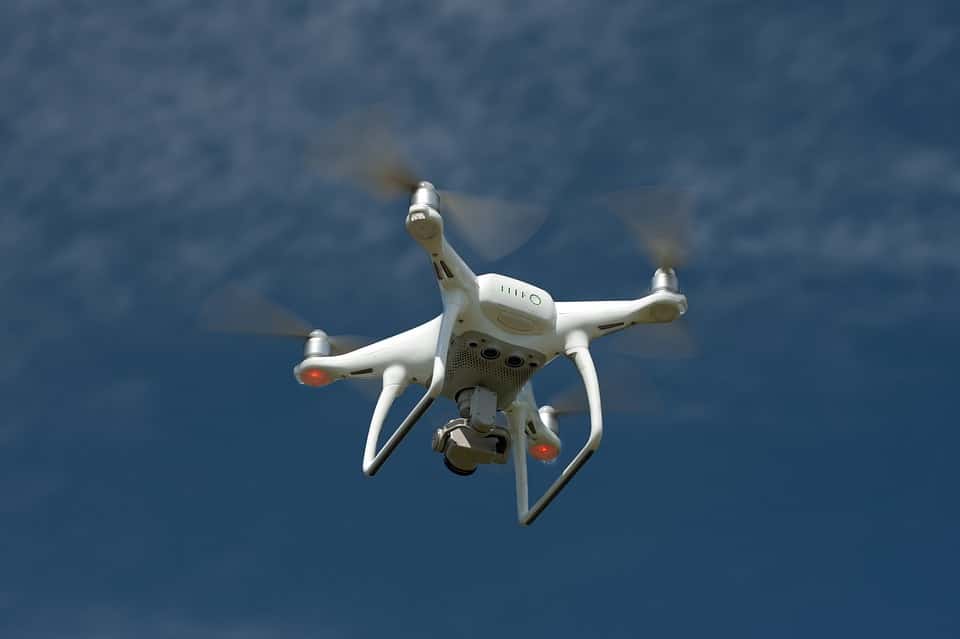
Drone Laws
The future of drones is here. The FAA collaborates with industry and communities to ensure drone operations and drone laws are followed in national airspace. Whether you are flying to learn or for work, get what you need to help you fly safely.
Know the rules
Make sure you know the rules before you fly. You can learn about the basic requirements for drone operators, including having a remote pilot certificate, whether or not your drone is certified, and what you can and cannot do with your drone. Flying a drone is like driving a car. You need to know the rules, and you need to follow them. The rules are there to make sure everyone is safe while enjoying the new technology. Make sure you check out the FAA site here for all the official rules and regulations.
In order to fly your drone under the FAA’s Small UAS Rule (Part 107), you must obtain a Remote Pilot Certificate from the FAA. This certificate demonstrates that you understand the regulations, operating requirements, and procedures for safely flying drones.
https://www.faa.gov/uas/commercial_operators/become_a_drone_pilot
1. First Time Pilot: Eligibility
To become a pilot you must:
Be at least 16 years old
Be able to read, speak, write, and understand English
Be in a physical and mental condition to safely fly a drone
Pass the initial aeronautical knowledge exam: “Unmanned Aircraft General – Small (UAG)”
https://www.faa.gov/uas/commercial_operators/become_a_drone_pilot
2. Recreation vs Certified Remote Pilots
If you want to keep flying, you need to follow the rules set by the FAA. Not only will following the rules keep you safe, it will also help you avoid fines or even jail time. Flying a drone is like driving a car, you need to follow the rules of the road so you and others can stay safe.
Recreational Flyers: Learn the Rules Here
Certificated Remote Pilot: Learn the Regulations Here
3. Get your FAA certification
The FAA certification is a good way to show that you know the rules and are a safe, responsible drone operator. Getting FAA certification is not required, but it helps you show others that you know what you are doing and how to fly safely. You can find out about the certification process and requirements here on the FAA Website, Become a Drone Pilot. If you want to fly for work or make money flying drones, you will need to get FAA certification. If you just want to fly drones for fun and recreation, certification is not required. Certification varies depending on what you want to do with your drone. The FAA offers three levels of certification:
4. Do I Need to Register My Drone
- All drones must be registered, except those that weigh 0.55 pounds or less (less than 250 grams) and are flown exclusively under the Exception for Recreational Flyers.
- Drones registered under part 107 may be flown for recreational purposes as well as under part 107.
- Drones registered under the Exception for Recreational Flyers cannot be flown for Part 107 operations.
Register your drone at FAA DroneZone either under part 107 or the Exception for Recreational Flyers. If you are not sure what kind of a drone flyer you are, check out our User Identification Tool or visit our Getting Started webpage to learn more.
https://www.faa.gov/uas/getting_started/register_drone
5. Know where you can fly (No Drone Zones)
You can only fly your drone in areas where flying is allowed. Some cities or counties may have areas where flying is not allowed. You can check the FAA website for a map of areas where flying is allowed. If you are unsure about a certain area, check to see if it is in a no-fly zone or around an airport. You can find out more about where you can fly and what you can fly below.
The FAA uses the term “No Drone Zone” to help people identify areas where they cannot operate a drone or unmanned aircraft system (UAS). The operating restrictions for a No Drone Zone are specific to a particular location. You can find out if there are airspace restrictions where you are planning to fly using the B4UFLY mobile app.
https://www.faa.gov/uas/resources/community_engagement/no_drone_zone
6. Be aware of Airspace Restrictions and no-fly zones
Certain areas are no-fly zones. This means that you cannot fly your drone in these areas. There are many reasons why certain areas are no-fly zones, but security is the most common.
Check out the FAAs website for official details: https://www.faa.gov/uas/getting_started/where_can_i_fly/airspace_restrictions
– Critical infrastructure
– National Parks
– Wildlife refuges
– Major sporting events
– Emergency response
– Airports
– Washington, DC.
Summing up
Drones have become very common in recent years. They offer many benefits to people in many different industries and fields. There are, however, certain rules and regulations that you need to follow in order to fly drones safely. Know the rules before you fly, don’t fly near airports, fly safely and responsibly, get your FAA certification, fly only your certified drone, know where you can fly, and be aware of no-fly zones. Following these rules can help you fly safely and enjoy the many benefits of drone technology.
Thanks for Reading, make sure to check us out at https://mrdroneguy.com
